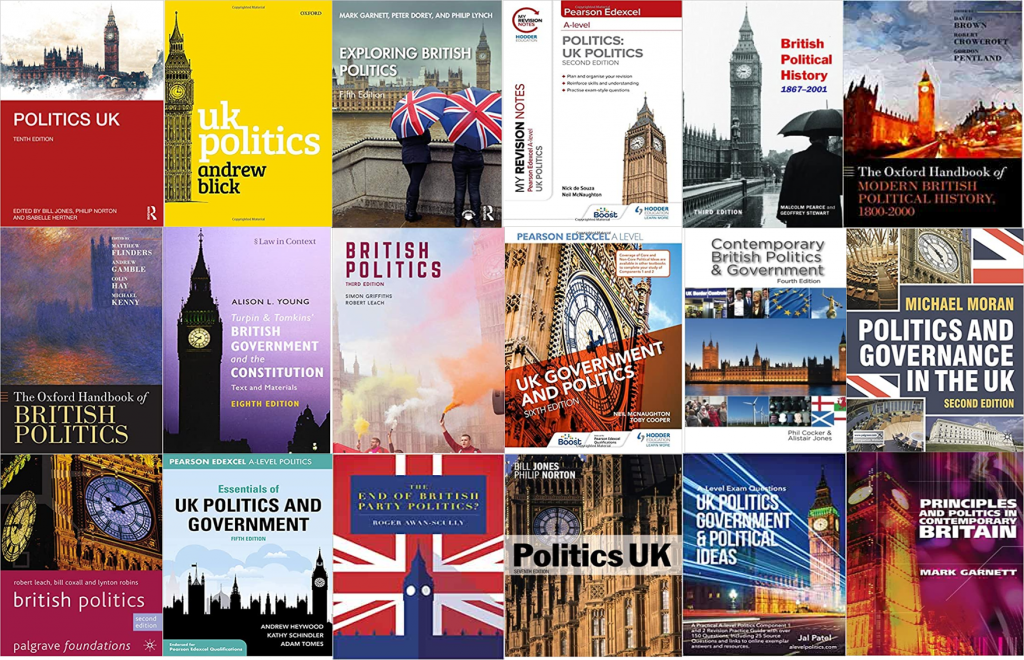 While updating my textbook review this year and prompted in part by the publication of several new texts, I was struck by the remarkable lack of variety in the selection of cover images for UK politics textbooks. More specifically I was struck by the ubiquity of the Palace of Westminster or more often one part of the Palace, the clock tower, known to most as the home of Big Ben.
While updating my textbook review this year and prompted in part by the publication of several new texts, I was struck by the remarkable lack of variety in the selection of cover images for UK politics textbooks. More specifically I was struck by the ubiquity of the Palace of Westminster or more often one part of the Palace, the clock tower, known to most as the home of Big Ben.
It is worth noting that none of the books above are specifically about Parliament or indeed about clocks. Yet the Westminster Parliament has become a symbol for British politics and the Elizabeth Tower has become a symbol for the Houses of Parliament. It is also worth noting that the authors of the above books will have had little, if any, say regarding the cover artwork and that all of these books offer a much broader perspective on British government and politics than is suggested by the covers.
There is some variety. The covers of two of the above books, the 2nd edition of Michael Moran’s Politics and Governance in the UK and Cocker and Jones’ Contemporary British Politics and Government, also include a nod to the devolved administrations in Scotland, Wales and Northern Ireland. The latest edition of Griffiths and Leach’s British Politics has Parliament obscured by demonstrators holding flares, which does at least suggest that politics might involve people and take place beyond Westminster.
To be fair to the publishers, the mock-Gothic Palace of Westminster is undoubtedly a photogenic building and easily recognisable. It is also worth considering what the alternatives are? The second most popular cover image on British politics textbooks is the Union flag, something which several of the books above have cleverly managed to combine with the Houses of Parliament. Given that these books are about government and not just Parliament, it is perhaps surprising that the Prime Minister’s residence, 10 Downing Street, has not featured on more covers. It is however, a fairly nondescript terraced house, which unlike Parliament has not attracted the attention of any artists of note and for security reasons is quite difficult to photograph. Given the unpredictable nature of political careers it is also perhaps unsurprising that few publishers have chosen to grace their covers with shots of actual politicians.
Nevertheless, it is perhaps time to think about a different way of presenting British politics to those who are studying it. Time to replace the Palace of Westminster with an image that suggests that politics is fundamentally about people rather than about buildings or even institutions. Also perhaps, an image that reflects the fact that British politics extends some way beyond Westminster, although replacing shots of the Palace of Westminster with the Scottish Parliament or the Sennedd is probably not the answer. Something which reflects the diversity of modern Britain and the dynamism of current debates in British politics would surely be better than another shot of a nineteenth century palace dressed up to look like something much older. It is not my intention here to suggest an alternative cover image but I will make one suggestion – why not let the people decide? Before publishing the next edition of one of these textbooks perhaps the publishers might run a competition for a cover image and let their readers decide – that’s politics. Only one restriction, no clocks!
